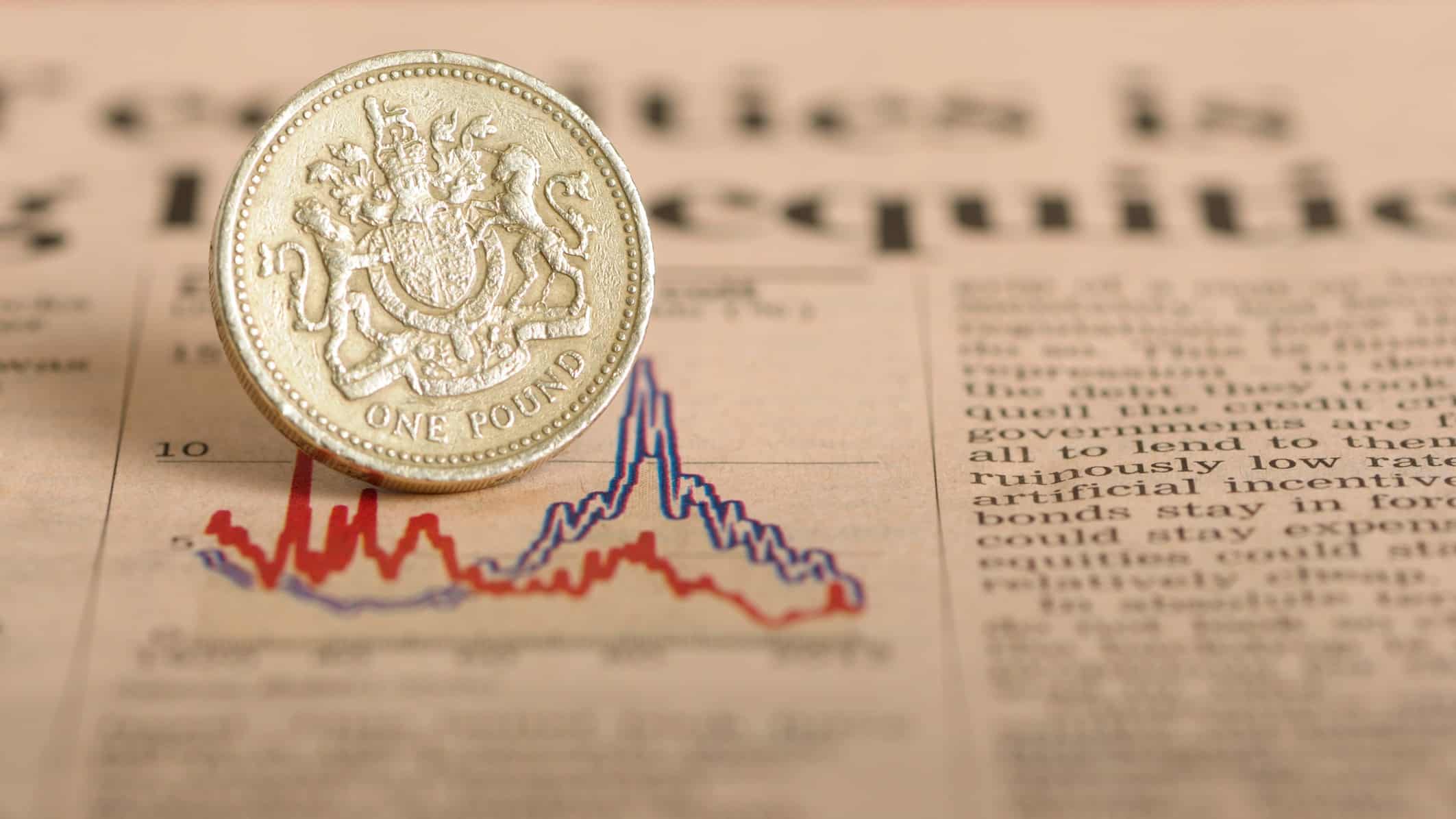It’s a mathematical certainty that a dividend stock offering a yield of 15% will — all other things being equal — double an investment in five years.
This assumes a constant payout and that all dividends received are reinvested. It also requires the share price to remain unchanged during the period.
Although these assumptions are unlikely to hold, it does illustrate the potential of high-yielding income shares. And the power of compounding, which has been described as the eighth wonder of the world.
| Year | At start of year (£) | Dividends received (£) | At end of year (£) |
|---|---|---|---|
| 1 | 1,000 | 150 | 1,150 |
| 2 | 1,150 | 172 | 1,322 |
| 3 | 1,322 | 198 | 1,520 |
| 4 | 1,520 | 228 | 1,748 |
| 5 | 1,748 | 262 | 2,010 |
A rare thing
By my calculations, there are presently (14 February) five stocks that offer a yield in excess of 15%.
One of these is Serica Energy (LSE:SQZ). It extracts hydrocarbons from the North Sea. Although relatively unknown, it currently supplies around 5% of the UK’s gas requirements.
Unusually for an energy company, it was in a net cash position at 30 June 2024. The industry is capital-intensive, meaning significant borrowings are common. However, despite acquiring a number of other companies and assets in recent years, Serica Energy has managed to keep its level of debt under control.
This has been helped by a sustained period of high energy prices. And whether we like it or not, despite the move towards net zero, the demand for oil and gas continues to rise.
But the thing that sets it apart from most other stocks is its generous payout.
Over the past 12 months, the company has paid a dividend of 23p, implying a yield of just over 15%.
Too good to last?
But a look at the company’s cash flows makes me question whether the dividend at its current level can be maintained. During the 18 months ended 30 June 2024, it spent $179.5m more than it earned.
| Item | Cash inflow/(outflow) ($m) |
|---|---|
| Cash inflows from operations | 771.2 |
| Taxation | (420.0) |
| Capital expenditure | (222.6) |
| Repayment of loans (net) | (112.5) |
| Acquisition of subsidiary | (54.2) |
| Interest (net) | (13.4) |
| Sub-total | (51.5) |
| Dividends and share buybacks | (128.0) |
| Cash outflow | (179.5) |
There’s little the company can do to reduce its tax bill or loan repayments. And cutting back on capital expenditure is likely to harm the business in the long term. Should things start to go wrong, its options for preserving cash are, therefore, limited.
Also, part of the impressive yield can be attributable to the decline in its share price. Compared to February 2024, it’s down 23%. Since achieving its 52-week high in April 2024, it’s fallen 30%. Then it was yielding a more modest — albeit still impressive — 11%.
This loss of investor confidence is probably explained by a recent softening in energy prices.
And concerns about the impact of the energy profits levy (EPL). The EPL — or ‘windfall tax’ as it’s more commonly known — means the company faces an effective tax rate of 78%.
Looking to the future
With oil prices easing, and the government confirming that the EPL is here to stay, I think Serica Energy’s earnings (and cash flows) are going to come under more pressure. In these circumstances, the easiest way of saving cash is to cut the dividend, even if it means upsetting shareholders.
Having said that, even with a 50% cut in its payout, it would still be one of the highest-yielding shares around.
With a 75% reduction, the stock would yield more than the average of those on the FTSE 100.
Despite the risks associated with the energy sector, this could make it attractive to income investors on the lookout for passive income opportunities.
This post was originally published on Motley Fool



